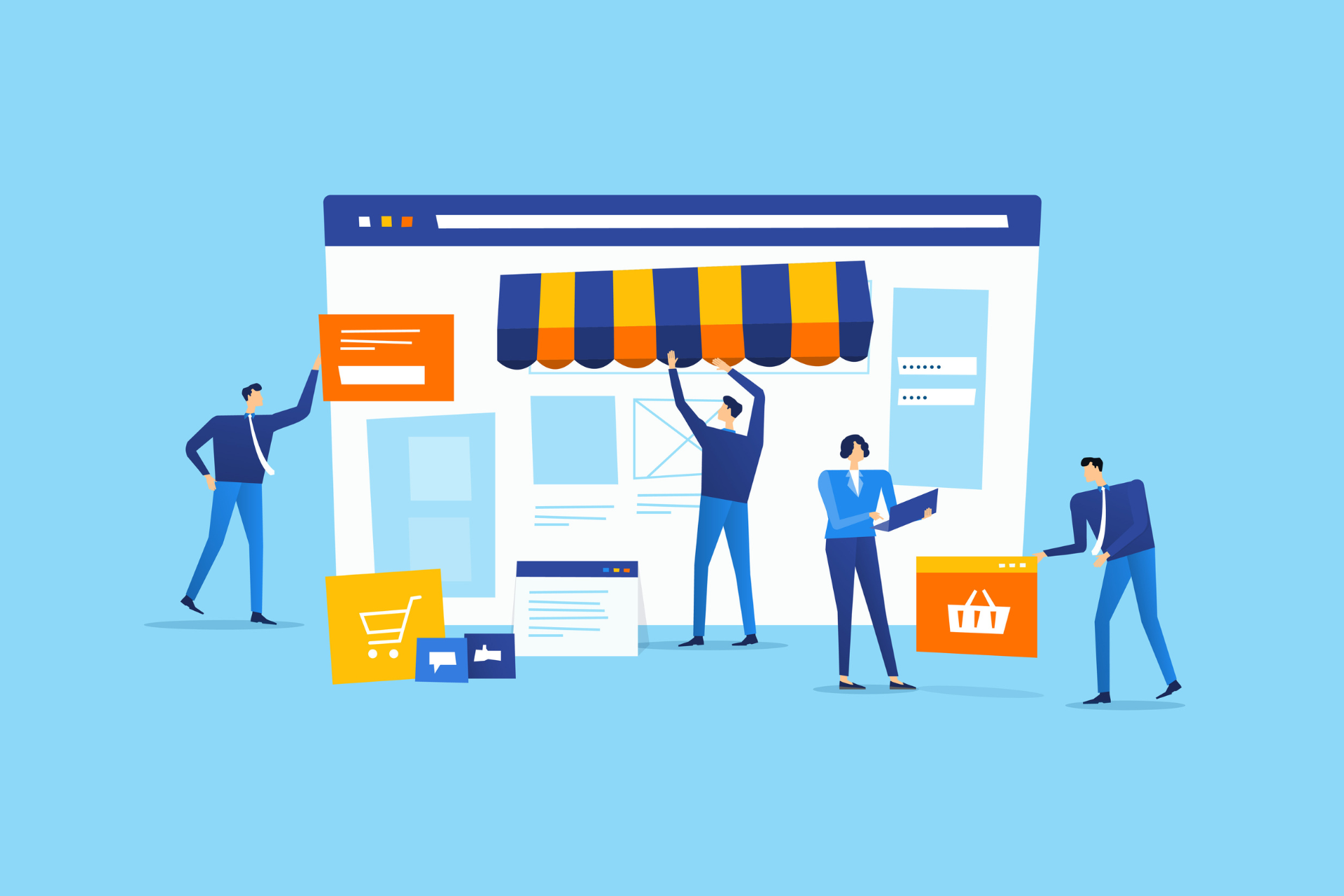From the Physical Shelf to the Digital Shelf: How to Successfully Take Your Business Online
In today’s fast-changing world of commerce, moving your business online isn’t just an option, it’s a necessity. Whether you run a small local shop or a growing brand, shifting from a physical storefront to the digital marketplace can open up incredible new opportunities. But how do you make that transition smoothly and successfully?
The answer lies in choosing the right eCommerce platform, and that’s often the most important decision you’ll make in your digital journey.
Why Does the Right eCommerce Platform Matter?
Think of your eCommerce platform as the foundation of your online store. If it’s solid, easy to use, and packed with the right features, your business can thrive. On the other hand, picking the wrong platform could mean headaches, lost sales, or frustrated customers.
So before jumping in, it’s crucial to understand what you really need.
Step 1: Define Your Needs and Goals
Start by asking yourself:
- What kind of products will I sell physically, digital, or both?
- Do I want a simple website to showcase my business or a full-fledged online store with payment and inventory management?
- How much technical know-how do I have? Will I need something user-friendly, or can I handle more complex setups?
Knowing the answers helps narrow down your options.
Step 2: What Should You Look For in an eCommerce Platform?
Here are some key factors to consider:
- Ease of Use: Can you manage the platform without being a tech expert? A user-friendly interface saves you time and frustration.
- Payment Options: Does it support the payment methods your customers prefer to use, credit cards, PayPal, bank transfers, and more?
- Security: Make sure it offers SSL certification and other protections, to keep your customers’ data safe.
- Support & Community: Is there reliable customer support? A strong user community can also be a lifesaver when you hit snags.
- Cost: Be clear about fees, monthly subscriptions, transaction commissions, or add-on charges and pick a platform that fits your budget.
Step 3: Manage Inventory and Logistics
Once you choose your platform, you’ll need to think about how to handle your products and shipments:
- What shipping solutions and order management tools does the platform offer?
- How will you manage returns or exchanges smoothly?
Getting these right is key to keeping customers happy and your operations running smoothly.
Step 4: Keep Improving and Adapting
Your online store is a living thing. As your business grows, you’ll want to monitor how it’s performing and adjust your marketing and sales strategies accordingly, whether through SEO, paid ads, or email campaigns. There’s always room to get better!
Moving your business from a physical shelf to a digital one might feel overwhelming, but with the right eCommerce platform and a clear strategy, it’s a path full of opportunities. The platform you choose sets the stage for your digital success, so take your time, do your research, and pick the one that best fits your needs.
